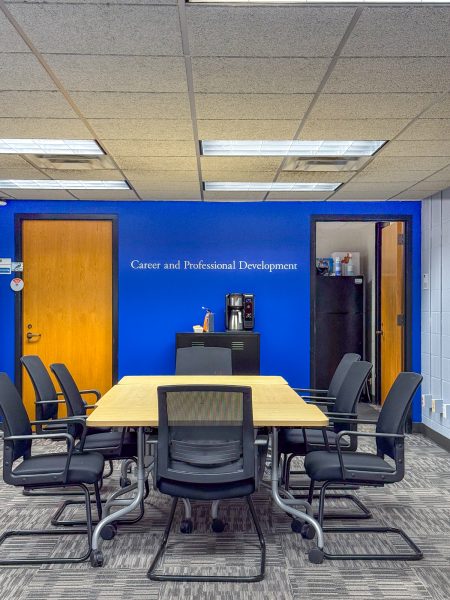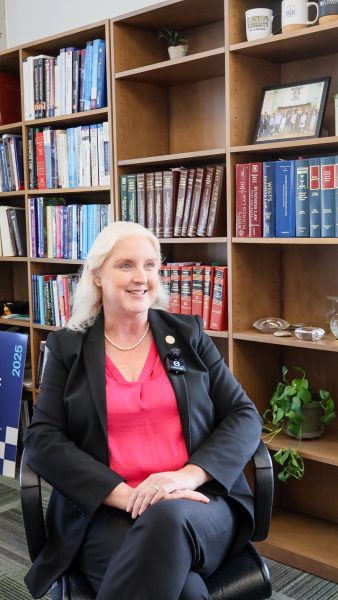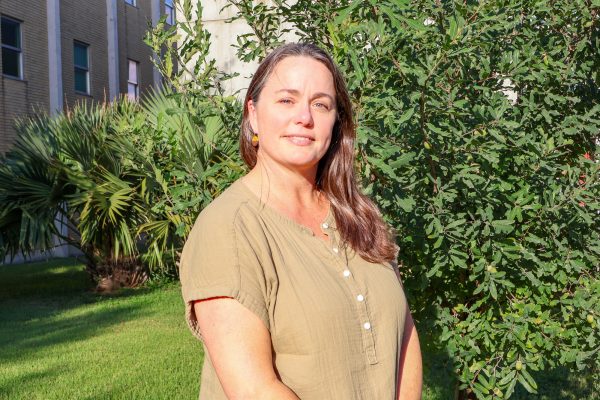Victim-blaming, slut-shaming: making it difficult for people to report sexual assault
What compels a female college student to carry a heavy mattress around campus?
It’s what senior Columbia University student, Emma Sulkowicz, did for her senior thesis project in 2014, “Carry That Weight”. Sulkowicz said the project is a figurative expression of the emotional weight she carried for the past two years after being allegedly raped on the first day of her sophomore year.
During Sulkowicz’s weeks of carrying the mattress, friends and even strangers helped her with the burden.
The rate of sexual violence is shockingly high in the U.S., and initiatives to curtail these numbers are stronger than ever. These programs seek to change the way people view rape, sexual assault and any form of sexual violence. The programs aim to start conversations on how our culture looks at sex, and if this informs our sexual behaviors.
Sulkowicz is only one of many who fall victim to sexual violence. One in five women and one in 16 men are sexually assaulted while in college, according to statistics from the 2015 Sexual Assault Awareness Month Campaign by the National Sexual Violence Resource Center. The Rape, Abuse & Incest National Net- work (RAINN) estimates an American is sexually assaulted every 107 seconds.
Sulkowicz’s senior thesis was not simply an art piece or a way to tell her story, but a form of protest against sexual assault on campus, because she felt her case was handled poorly.
In her video outlining the guidelines of her performance project, Sulkowicz said she would continue to carry the mattress around until her alleged rapist was gone, or until she graduated — which ever came first.
Not every survivor is willing to come forward the way Sulkowicz did. Survivors of rape or sexual assault are less likely to come forward due to the stigma often attached to the subject. Sulkowicz recalled having to describe the details of her alleged rape, which was so unbelievable to the counselor that Sulkowicz had to draw a picture of the act. Speaking out about sexual assault or rape means inviting a spotlight with endless questions and doubt.
Along with internal conflicts, external victim-blaming and slut-shaming from the public adds another complicated layer to the victim’s ability to process the trauma.
Elizabeth Charrier, associate director of the Health & Counseling Center at St. Edward’s University, said a combination of factors affect survivors.
“I think some of it comes from the culture around us, but I think it’s human nature to have a belief in a safe world or to want to have a belief in a safe world,” Charrier said.
“So when something happens, we try to justify that, so we have control over keeping safety,” Charrier said.
Charrier describes culture as part of the reason that survivors blame themselves. Society asks the victim about their choice of clothing, drink and surroundings.
“As if those things are a consent for sex,” Charrier said.
“I think we side with the accused more often than not because, again, it reinforces all our beliefs in a safe world, and we think that we can usually pick a perpetrator out of a line-up,” Charrier said. “But if that person was readily identifiable then they would never be able to get close enough. They would never have their opportunity.”
It’s a myth that only strangers perpetuate sexual violence. It’s a myth that a perpetrator is always a creepy dark shadow in the alley. According to the Rape Crisis Center, two-thirds of sexual assaults are committed by an individual the survivor knows.
Sulkowicz’s alleged rapist was someone she knows and had relations with prior to her rape. Perpetrators of rape and sexual assault don’t have a “look.” They can be anybody.
Campaigns such as It’s on Us have grown in popularity across the nation. It’s a personal pledge, and a commitment to help keep women and men safe from sexual assault.
The pledge has four main parts: to recognize that nonconsensual sex is sexual assault; to identify situations in which sexual assault many occur; to intervene in situations where consent has not or cannot be given; and to create an environment in which sexual assault is unacceptable and survivors are supported.
Junior Victoria Ochoa followed Title IX’s progress at SGA’s first town hall meeting last November. She is also heavily involved as the director of the It’s on Us chapter at St. Edward’s. Ochoa oversees the campaign’s team: two directors of health and support, a director of social engagement, a director of institutional research and a director of men’s initiative.
The goal of the It’s on Us campaign at St. Edward’s is to educate students about Title IX’s components and the resources on campus. Another goal of the campaign is to raise awareness of sexual assault and violence and support for survivors and others who are impacted by sexual assault as well.
“Another thing that came up in that town hall meeting … a bunch of students mentioned, ‘We don’t even know how to talk about sex,’” Ochoa said. “A lot of us come from Texas public schools, and we don’t really talk about sex, and we are told not to have sex, so how are we to learn how to say ‘yes’ to sex.”
“I don’t know that in our society, if we do a good (job), particularly in Texas, which is a usually abstinence-only in terms of how we teach about sex,” Charrier said. “Students are left to figure out what sexual behaviors are normal and not normal. They’re left to figure out what consent looks like, and how it’s obtained.”
Ochoa’s hope for the It’s on Us campaign is to continue educating peers about Title IX, highlighting campus resources and facilitating a safe space for conversations on sexual violence. Using campus resources like Charrier and the Health and Counseling Center, Ochoa and the rest of the members of It’s on Us also hope to combat assumptions and negative cultural norms surrounding sexual violence, sexual assault, rape and survivors.







